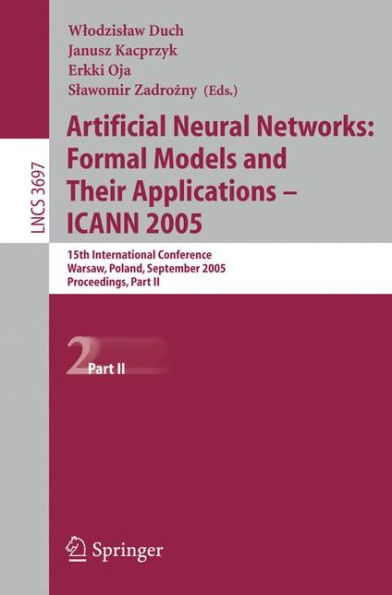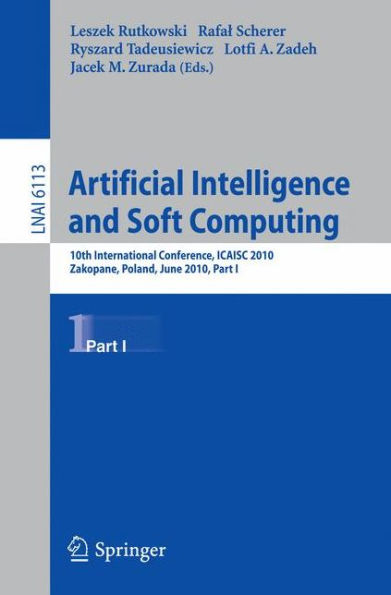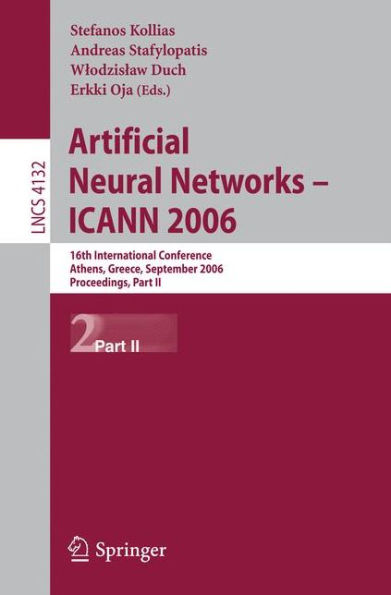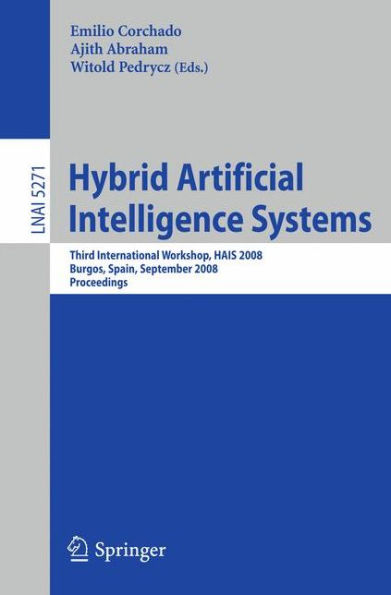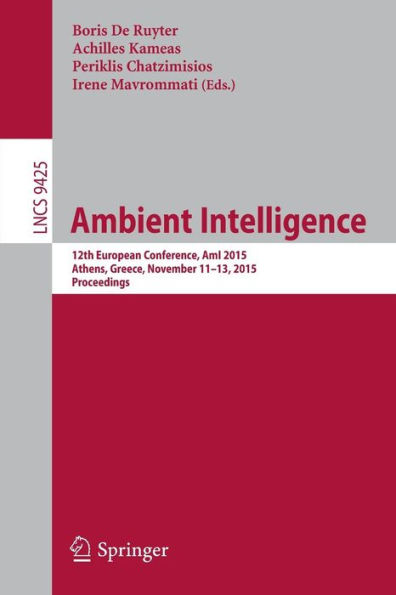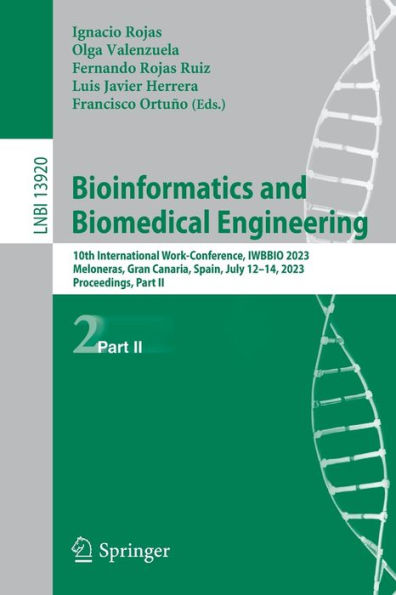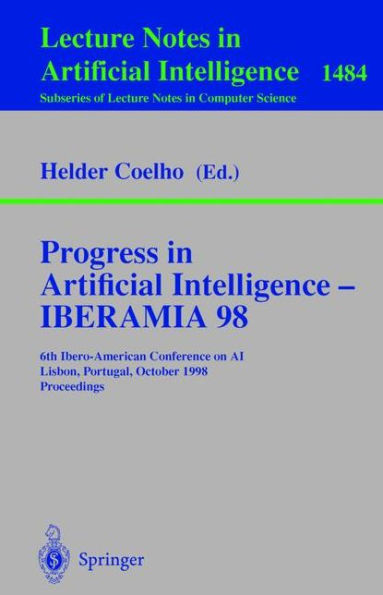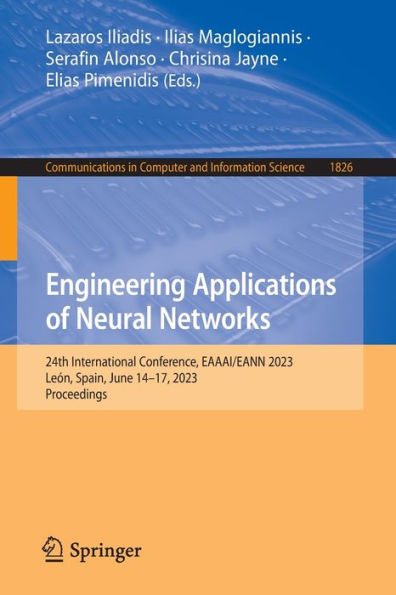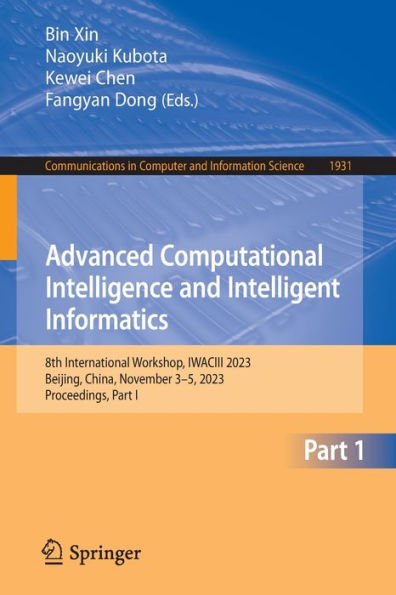Home
Bio-Inspired Systems: Computational and Ambient Intelligence: 10th International Work-Conference on Artificial Neural Networks, IWANN 2009, Salamanca, Spain, June 10-12, 2009. Proceedings, Part I / Edition 1
Loading Inventory...
Barnes and Noble
Bio-Inspired Systems: Computational and Ambient Intelligence: 10th International Work-Conference on Artificial Neural Networks, IWANN 2009, Salamanca, Spain, June 10-12, 2009. Proceedings, Part I / Edition 1
Current price: $169.99
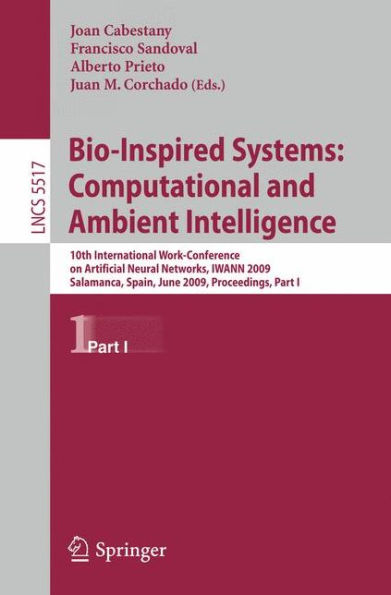

Barnes and Noble
Bio-Inspired Systems: Computational and Ambient Intelligence: 10th International Work-Conference on Artificial Neural Networks, IWANN 2009, Salamanca, Spain, June 10-12, 2009. Proceedings, Part I / Edition 1
Current price: $169.99
Loading Inventory...
Size: OS
*Product Information may vary - to confirm product availability, pricing, and additional information please contact Barnes and Noble
This volume presents the set of final accepted papers for the tenth edition of the IWANN conference “International Work-Conference on Artificial neural Networks” held in Salamanca (Spain) during June 10–12, 2009. IWANN is a biennial conference focusing on the foundations, theory, models and applications of systems inspired by nature (mainly, neural networks, evolutionary and soft-computing systems). Since the first edition in Granada (LNCS 540, 1991), the conference has evolved and matured. The list of topics in the successive Call for - pers has also evolved, resulting in the following list for the present edition: 1. Mathematical and theoretical methods in computational intelligence. C- plex and social systems. Evolutionary and genetic algorithms. Fuzzy logic. Mathematics for neural networks. RBF structures. Self-organizing networks and methods. Support vector machines. 2. Neurocomputational formulations. Single-neuron modelling. Perceptual m- elling. System-level neural modelling. Spiking neurons. Models of biological learning. 3. Learning and adaptation. Adaptive systems. Imitation learning. Reconfig- able systems. Supervised, non-supervised, reinforcement and statistical al- rithms. 4. Emulation of cognitive functions. Decision making. Multi-agent systems. S- sor mesh. Natural language. Pattern recognition. Perceptual and motor functions (visual, auditory, tactile, virtual reality, etc.). Robotics. Planning motor control. 5. Bio-inspired systems and neuro-engineering. Embedded intelligent systems. Evolvable computing. Evolving hardware. Microelectronics for neural, fuzzy and bio-inspired systems. Neural prostheses. Retinomorphic systems. Bra- computer interfaces (BCI). Nanosystems. Nanocognitive systems.

